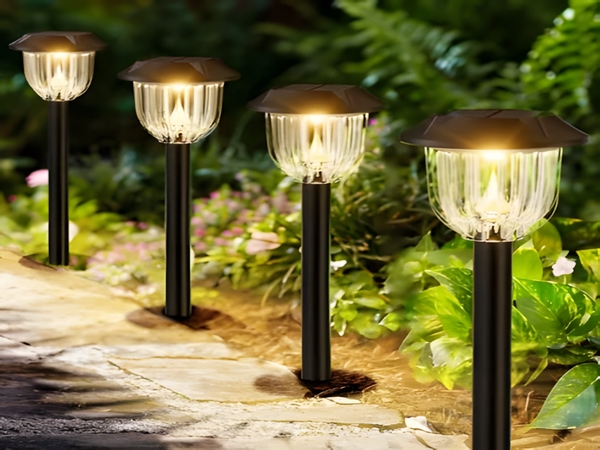
Firstly, if it is a 20-meter wide road, it should be considered a main road; therefore, dual-sided lighting is required. Additionally, the illumination requirements for the road mainly include illumination intensity and uniformity, with the latter usually needing to be above 0.3. A higher uniformity indicates that the light from the solar streetlights spreads wider, resulting in better illumination.
We can assume a symmetrical dual-row lighting setup, where the height of the lamp post should be at least 1/2 of the road width, meaning the height should be 12 to 14 meters. Assuming a 14-meter lamp post height, the typical installation spacing for streetlights is about 3 times the height of the post, so the spacing should be at least 40 meters. If we further assume that the solar streetlights are spaced 40 meters apart and the lamp post height is 14 meters, the power of the solar streetlight should be above 200W to adequately meet the lighting requirements for a main road.
Secondly, illumination and power are related to the height at which the fixtures are installed. For solar streetlights, we hope for a larger angle of light projection, which would improve uniformity and allow for increased spacing between lamp posts, thereby reducing the number of installations and saving costs.

Finally, if the solar intelligent streetlights have a spacing of 40 meters, with a lamp post height of 14 meters and a power of 200W, how is the illumination calculated? Therefore, we need to first test the 200W streetlight, as different manufacturers have varying LED types and light distribution lenses. Even with the same power rating, the total luminous flux can differ, which results in varying illumination levels on the road surface.

